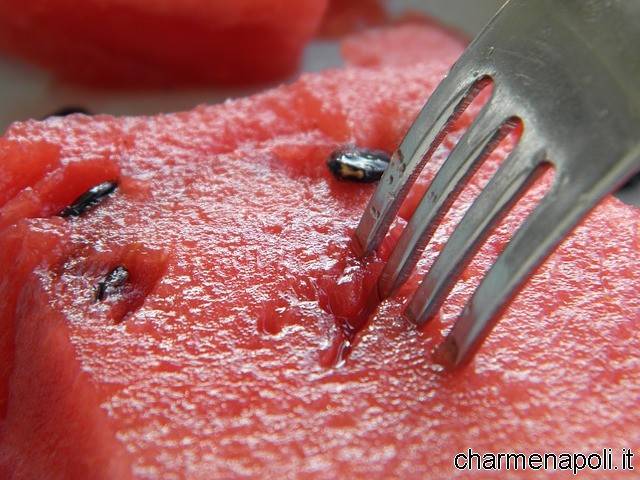A beautiful dish of spaghetti to the fruits of sea. Clams, mussels, taratufi, lupines, cannolicchi, telline: all of our sea of tasty fruits. A must of the Neapolitan table. For a long time. From when thread-like pasta exists in Italy. They were the Borbones to introduce the use of the modern fork to four points. It seems in fact that, over the all for the taking of the threads of pasta to make easier, the chamberlain of king Ferdinando IV of Borbone has had the intuition to bring to four the tines of the silver ware. And from there, from the second halves the Seven hundred one, has spread all over the world.[charme-gallery]
The history teaches, in fact, that has served always there some hands, or of pointed knives, to bring pieces of food to the mouth, even if various tools existed, served of materials as the bone to the iron, to pierce the meats in cooking. But the fork arrived after the spoon and the knife. When and where was it born? An idea of simil fork was already used by the Romans. The object to more teeth it was thought of the tall Middle Ages, to the court of Bisanzio, where a sharp dagger was turned into a sort of hat pin and then in a fork before. After thousand, in the courts the tradition was still that of Ovidio: with the three fingers it was directly drawn by the dish. To use only also a fork two-pronged pitchfork was considered almost an excessive luxurious devilry. Also in the era slow medioeval was judged refined if it ate with the hands. In Italy, something similar to a fork had been used since Three hundred for the arrival on the tables of the pasta. In the ‘500 bourgeois and merchants used it every day, the noble they didn’t consider it obligatory.

 Italiano
Italiano














